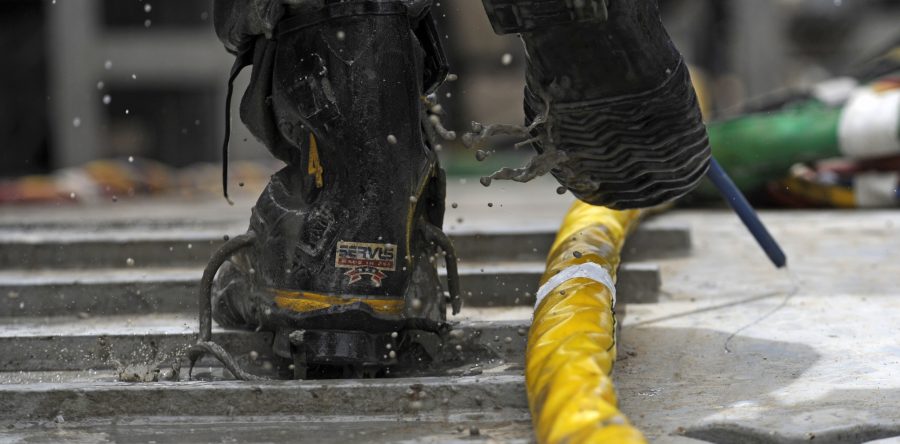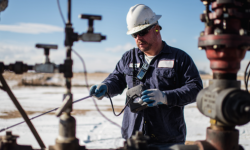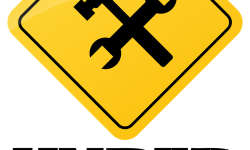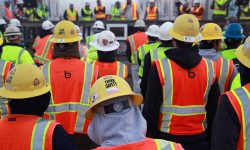Safe Footwear Improves Worker Outcomes by Richard Kallis. Available from <https://ohsonline.com/Articles/2017/01/01/Safe-Footwear-Improves-Worker-Outcomes.aspx?Page=1> [Jan 01, 2017]
According to statistics gathered by the Bureau of Labor Statistics (BLS), there were an estimated 2.9 million private-sector workplace injuries reported in 2015. The same study reported that an estimated 752,600 public workers reported on-the-job injuries.
Many of these injuries required that workers miss time from work to recover. In fact, out of every 10,000 workers, 104 cases reported to BLS required that the employee miss work.
On-the-job injuries cost companies time and money, not to mention the impact on employee health, morale, and overall financial well-being. While BLS reports that the overall number of workplace injuries is on the decline, workplace safety is of the utmost importance.
It's imperative to ensure that employees follow industry safety regulations, including wearing required safety gear. In many industries, this means wearing proper footwear to ensure that feet are protected from common workplace hazards.
Typical Workplace Hazards
Employees can encounter a number of hazards within the workplace. According to the Occupational Safety and Health Administration, some of these hazards include:
- Electrocution
- Slips
- Burns
- Puncture wounds
- Chainsaw wounds
- Crushing
In a 2005 study, BLS found that there were around 60,000 foot injuries a year and that 75 percent of those cases involved workers not in compliance with current safety regulations. The financial impact of these foot injuries was an estimated $9,600 a day. Proper foot protection is imperative in minimizing the number of these kinds of injuries.
Protective Footwear Standards
Due to the hazards present in many workplaces, OSHA recommends that employees who work in construction, logging, shipping, and similar industries wear footwear that provides the proper amount of protection against those hazards. Protective footwear should protect an employee's feet from rolling or falling objects, being pierced by objects, slipping on wet surfaces, as well as protecting their feet from electrical and other hazards.
ASTM International is an organization that works to develop standards across a variety of industries. ASTM offers stringent standards for footwear so that workers can keep their feet safe from workplace hazards. These universal standards offer an easy way for workers to discover whether a particular kind of footwear will work for their industry or not.
ASTM Labeling
Boots and other footwear that meet ASTM's standards feature a label on the shoe indicating how the shoe meets those standards. While these labels may seem confusing at first, knowing how to read them will help employees in choosing the right kind of protective footwear for their jobs.
An infographic1 from About Boots can help in deciphering ASTM's labels.
For instance, ASTM labels will indicate important information such as the force of impact and compression the boot will hold up to. The labels will also tell whether or not the boot offers electrical hazard protection, static dissipation, and whether or not there is dielectric insulation in the boot. ASTM tags will also indicate puncture resistance, chainsaw resistance, and metatarsal resistance.
When looking for proper protective footwear,2 employees should keep their industry in mind. For example, "Jim" works in the logging industry. Per OSHA regulations, Jim must wear waterproof boots that will also protect his feet from chainsaws. When Jim looks for boots, he knows that he must have a pair that is made from cut-resistant material. Any pair of footwear that Jim purchases will feature a picture of a green fir tree on a white background to indicate that the boot offers chainsaw protection.
He will also look for the "CS" label on the ASTM label on the inside of the boot. Jim will also want to look at the metastarsal, impact, and compression resistance offered to prevent crushing or impact injuries.
What to Look For in Protective Footwear
Industry standards and regulations vary, so it's up to employees to know what the relevant footwear standards are for their jobs. The best ways to go about this are asking the employer and looking up OSHA standards. Our article "Best Work Boots for Men"3 offers a helpful breakdown of what to look for in various industries.
One of the most important things to consider when looking at protective footwear is how much protection the boots offer to the feet. This can be accomplished through a steel or composite toe. Steel-toed boots offer the most protection from metatarsal injuries. Steel-toed boots are imperative in the construction and manufacturing industries, where workers are at a higher risk of having their feet crushed by heavy objects.
Workers in industries where there isn't a high risk of this may want to consider a composite-toe boot. A composite-toe boot protects the foot without the metal, making them an ideal choice for security workers.
Another important consideration is the sole of the boot. Proper protective footwear should feature soles that provide traction and prevent slipping. A puncture-resistant sole adds protection through a plate in the sole of the shoe, offering the worker protection from stabbing and puncture injuries.
Thick rubber soles also can aid in preventing electrocution by providing insulation between the source of electricity and the person on the other end. Workers who work around electrical sources should invest in high-quality boots that offer additional electrical hazard and static dissipation protection.
Employees who are frequently outdoors or around water should look for water-resistant footwear. This keeps the feet dry, offering comfort and protection from infections. Selecting protective footwear that allows the feet to breathe properly is also important. Another important consideration is that the boot fits properly, allowing for full range of movement and support. Shock-resistant boots can help lessen discomfort for workers who are on their feet all day.
Through consulting OSHA regulations, employer requirements and looking carefully at ASTM labels, workers can find the right kind of protective footwear for their jobs. Consulting these sources helps improve workplace safety by reducing the number of foot injuries reported to the BLS every year and resulting in fewer missed days of work and higher productivity in workers.
Safe Footwear Improves Worker Outcomes by Richard Kallis. Available from <https://ohsonline.com/Articles/2017/01/01/Safe-Footwear-Improves-Worker-Outcomes.aspx?Page=1> [Jan 01, 2017]









